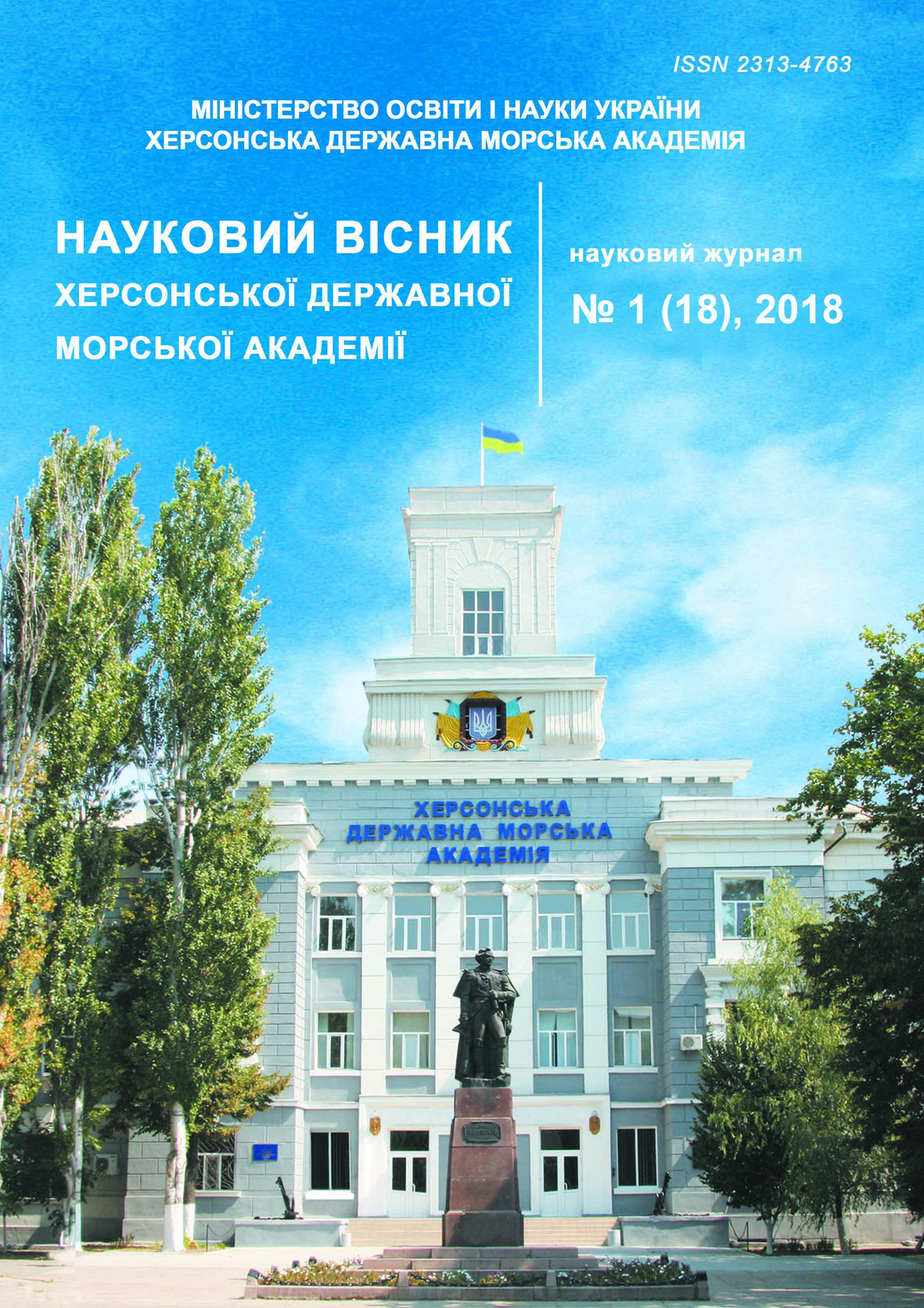SIMPLIFIED APPROACH TO SIMULATION OF AN MGNETICALLY LEVITATED TRAIN’S CONTROLES
Abstract
Traction (TF), levitation (LF) and guide (GF) forces of the magnetically levitated train (MLT) are it’s main controls. They arise in the field interaction process of the superconducting mobile’s (SMC), three-phase stationary’s (TSC) and discrete contour’s on the way (DWC). The purpose of this study is to reduce the description of the mentioned controls. Methodology. One of the most universal tools for electromechanical processes studying is their mathematical and, in particular, computer modeling. Advantages of this tool make even more important the selectivity of research’s carrying out technique choosing. This is particularly relevant in relation to such large and complex systems as MLT. Therefore, special attention in the study is paid to the synthesis of the research paradigm. Results. SMC are moving relative to TSC and DWC. With the traditional approach to the research of the processes under study, this leads to the nonstationarity of the models that describe them and, as a consequence, - to a significant difficulty in studying the dynamics of MLT. The proposed simplifying approach to modeling makes it possible to eliminate this difficulty. Scientific novelty. The priority of creating such a paradigm is the scientific novelty of the research. Practical significance. The main manifestation of the practical significance of the work is the possibility, in the case of using its results, to significantly increase the effectiveness of dynamic MLT research while reducing their resource intensity.
References
Bessonov L. A. (1996) Teoreticheskie osnovy jelektrotehniki: Jelektricheskie cepi. Moscow : Vish. shk.
Sipajlov G. A, Kononenko E. V. & Hor’kov K. A. (1987) Jelektricheskie mashiny (special’nyj kurs). Moscow : Vish. shk.
Kron G. (1955) Primenenie tenzornogo analiza v jelektrotehnike. Moscow, Leningrad: Gosenergoizdat.
Rashevskij P. K. (1967) Rimanova geometrija i tenzornyj analiz. Moscow : Nauka.






